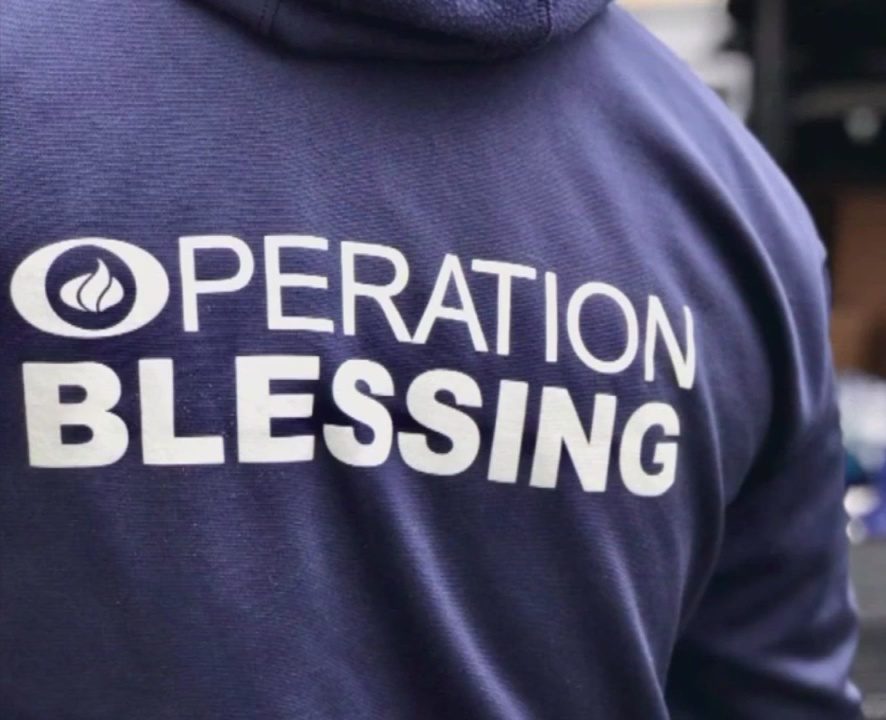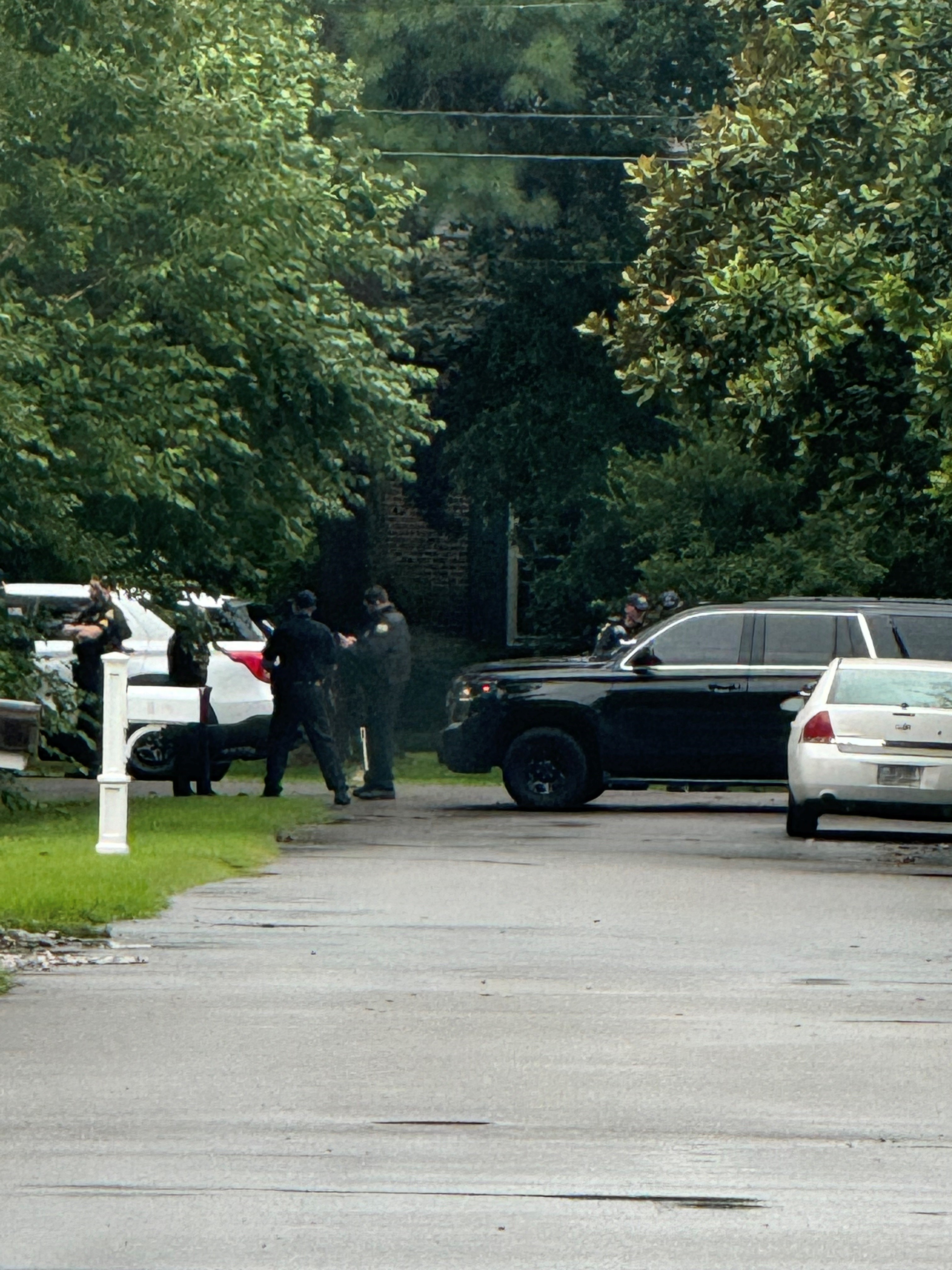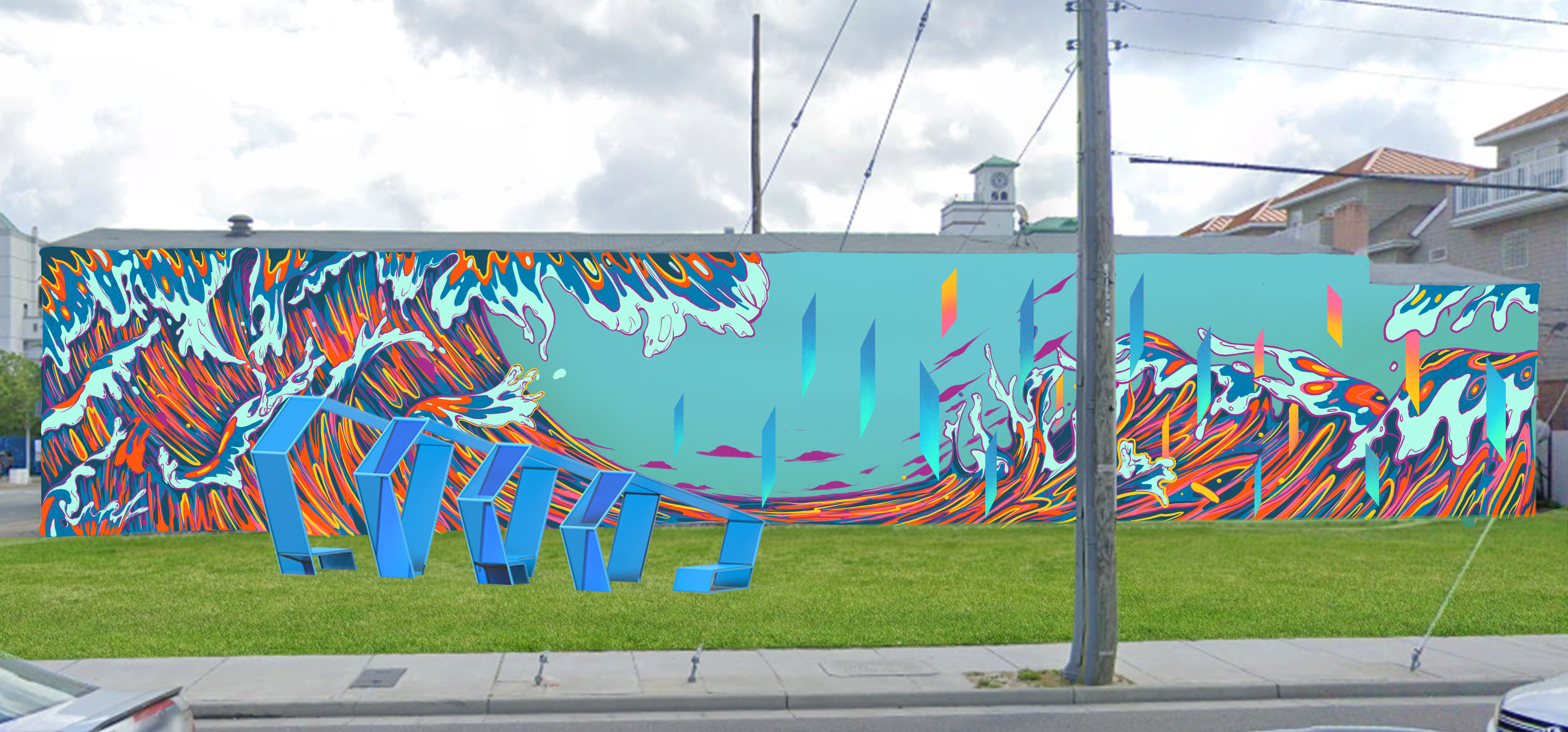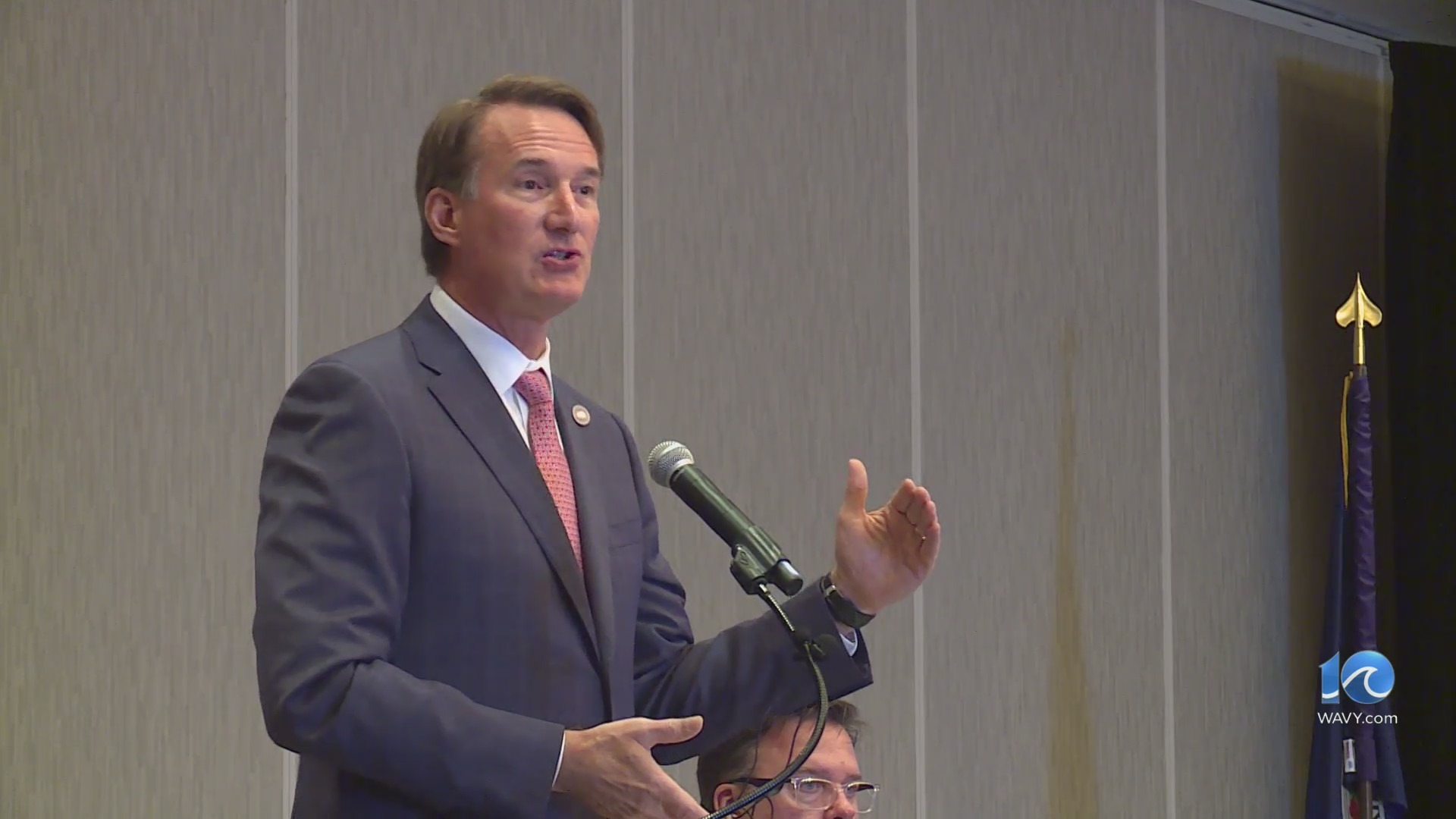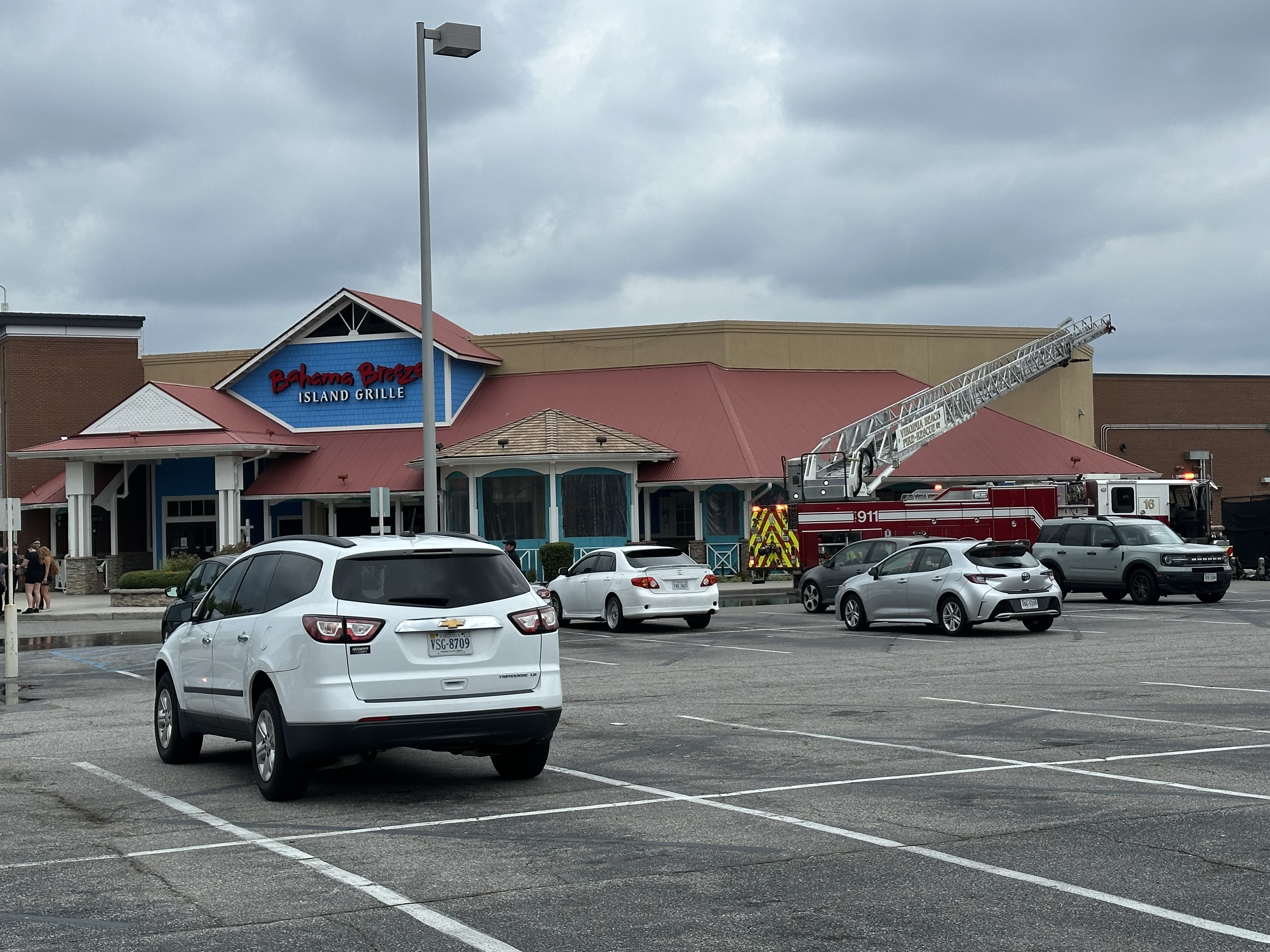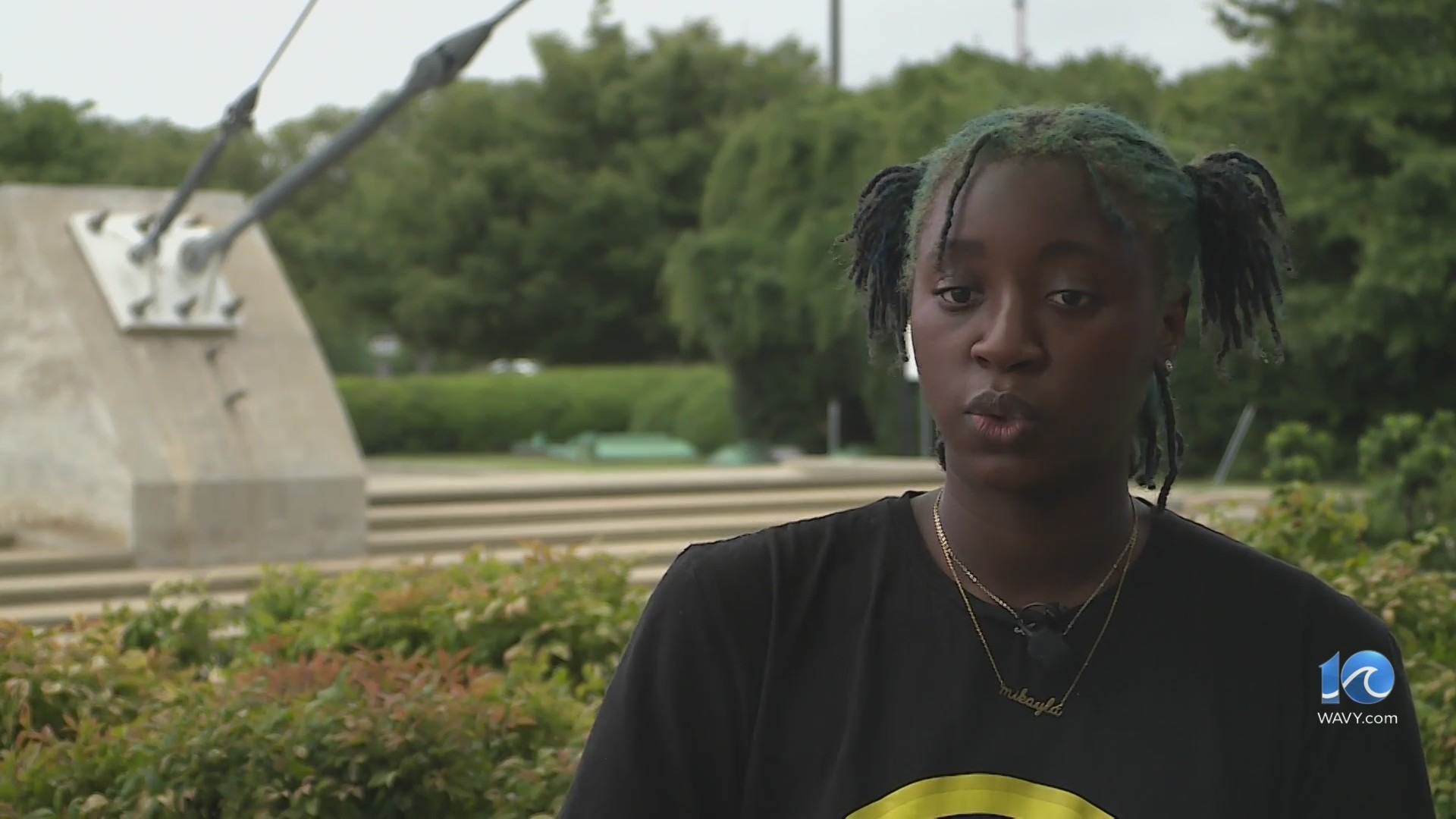(WGHP) — New details continue to emerge from the 2020 U.S. Census, and now we know the racial breakdown of North Carolina’s 100 counties.
The U.S. Census Bureau released the 2020 Census Demographic Profile and Demographic and Housing Characteristics File on May 25, adding new data to the previously released totals for race, Hispanic origin and other demographics. This latest release includes “more detailed age groups, the first data available on sex from the 2020 Census, information on families and households, and more detail on housing. They also show the intersection of many of these topics by race and Hispanic origin.”
“We’re giving these data back to you now to understand and benefit your community,” Census Bureau Director Robert L. Santos said in a news release. “2020 Census data will serve as an important baseline for years to come for our annual surveys and population estimates, and in the community planning and funding decisions taking place around the nation.”
U.S. Census Day was on April 1, 2020. The census is taken every 10 years. However, due to the COVID-19 pandemic, the census had to make operational adjustments in its counting and data gathering.
At the bottom of this article, you can find a chart of the racial makeup and a chart of the ethnic makeup of all 100 North Carolina counties, as well as a table containing all of this data.
For the full U.S. Census breakdown, click here.
Race in North Carolina
The 2020 U.S. Census divides the country into seven racial categories: “white,” “Native Hawaiian and Other Pacific Islander,” “Black or African American,” “Asian,” “American Indian and Alaska Native,” “some other race” and “two or more races.” The Census includes Hispanic and Latino origin as an ethnicity, separate from race, with census takers simply answering whether they are or are not Hispanic or Latino.
North Carolina as a whole
White
According to the Census data, North Carolina has a higher percentage of "white" residents than any other race. About 62.2% — 6,488,459 North Carolinians — identified only as white, and 68.3% — 7,128,036 North Carolinians — identified as white in addition to at least one other race.
Black/African American
The second largest group was "Black or African American" residents. About 20.5% — 2,140,217 North Carolinians — identified only as Black, and 22.5% — 2,344,553 North Carolinians — identified as Black in addition to at least one other race.
Asian
North Carolinians identified only as Asian made up 3.3% (343,051 residents) of the state population, and North Carolinians identified as Asian and at least one other race made up 4.1% (425,449 residents).
American Indian/Alaska Native
North Carolinians identified only as American Indian/Alaska Native made up 1.2% (130,032 residents) of the state population, and North Carolinians identified as American Indian/Alaska Native and at least one other race made up 3.0% (318,279 residents).
Native Hawaiian/Pacific Islander
North Carolinians identified only as Native Hawaiian/Pacific Islander made up 0.1% (8,518 residents) of the state population, and North Carolinians identified as Native Hawaiian/Pacific Islander and at least one other race made up 0.2% (20,957 residents).
"Some other race"
North Carolinians identified only as "some other race" made up 5.9% (617,390 residents) of the state population, and North Carolinians identified as "some other race" and at least one other race made up 9.3% (967,035 residents).
"Two or more races"
About 6.8% of North Carolina's population, or 711,721 residents, identified with two or more races.
By County
White
All but nine North Carolina counties had more white residents than any other race with Ashe County reporting the highest percentage of white residents at 91.9%.
Conversely, Robeson County had the lowest percentage of white residents at 25.8% — more on that in a bit.
Black/African American
Eight counties had more Black/African American residents than any other race: Bertie (59.8%), Hertford (57.5%), Edgecombe (56.1%), Northampton (55.5%), Halifax (51.1%), Vance (49.9%), Warren (48.9%) and Washington (48.9%) counties.
Mitchell County had the lowest percentage at 0.4%.
American Indian/Alaska Native
Robeson County was the only North Carolina to report more American Indian/Alaska Native residents than any other race with 38.5%. Robeson County is home to the state-recognized Lumbee Tribe of North Carolina, which is headquartered in Pembroke. Robeson reports that the race with the second highest percentage in the county is white, which at 25.8% is, again, the lowest of any North Carolina county.
Mitchell County had the lowest percentage of American Indian and Alaska Native residents at 0.2%.
Native Hawaiian/Pacific Islander, Asian, some other race and two or more races
None of North Carolina's 100 counties reported a higher percentage of Native Hawaiian/Pacific Islander, Asian, "some other Race" and "two or more races" than all other races.
Of those four groups, "some other race" reached the highest concentration with 14.8% of the population in Duplin County. Notably, Duplin County is also home to the largest concentration of Hispanic/Latino residents at 22.2%.
Residents identifying with two or more races reached the next highest concentration with 10.9% of Onslow County.
The largest concentration of Asian North Carolinians is in Wake County at 8.6%, and the largest concentration of Native Hawaiian/Pacific Islander North Carolinians is in Henderson County at 0.5%.
Hispanic/Latino
North Carolina as a whole
About 10.7% of North Carolinians, or roughly one in 10, identify as either Hispanic or Latino, according to the data. That number breaks down to 1,118,596 Hispanic/Latino North Carolinians compared to 9,320,792 non-Hispanic/Latino North Carolinians.
By County
No North Carolina counties reported a higher percentage of Hispanic/Latino residents than non-Hispanic/Latino residents, but the county with the highest concentration was Duplin County with 22.2%, about one in five. The lowest was in Bertie County, where only 1.8% of the population is Hispanic/Latino, about one in 50.
What does it mean to be "Hispanic/Latino" in North Carolina?
Because the U.S. Census defines Hispanic and Latino as an ethnicity as opposed to a race, the Census also provides data on the races with which Hispanic/Latino North Carolinians identify. Looking at that racial breakdown, it becomes clear that Hispanic/Latino ethnic and racial identity may be more complicated than the narrow choices currently provided by the U.S. Census would suggest.
More than half, 51.1% (571,050), of North Carolina's roughly 1.1 million Hispanic and Latino residents identify only as "some other race." The Census does not provide details on what "other race" these residents identify with, only that that race fits into none of the other categories.
About a quarter, 27.3% (304,686) identify with two or more races, but, again, the Census does not provide a specific breakdown of what those two or more races may be.
About 15.8% of Hispanic/Latino North Carolinians identify as only white, 2.9% as Black/African American, 2.6% as American Indian/Alaska Native, 0.3% as Asian and 0.1% as Native Hawaiian/Pacific Islander.
To look at it from the opposite angle, there are 617,390 North Carolinians who identify only as "some other race." 571,050 of those people, 92.5%, are Hispanic or Latino. North Carolinians apparently use the "some other race" category almost exclusively to define what is otherwise an unrecognized race for many Hispanic/Latino North Carolinians.
Shortly after the Census results were first released, NPR wrote about this phenomenon. It's not isolated to North Carolina, and it was present in the 2010 Census as well. The report illustrates how many Hispanic/Latino people in the United States see their race as something inseparable from their Hispanic/Latino identity.
"For a long time, there was the sense that there wasn't anything wrong with the question, but rather that Hispanics didn't understand the question. And I remember thinking, 'Wow.' 'Some other race' was something to be taken seriously, not to be dismissed as a misunderstanding on the part of the Hispanic population," Fordham University sociologist Clara Rodriguez, author of "Changing Race: Latinos, the Census, and the History of Ethnicity in the United States," told NPR.
A proposal by the U.S. Census Bureau to combine the race and ethnicity questions, adding boxes for "Hispanic, Latino, or Spanish" and "Middle Eastern or North African," was ultimately tabled as the Census Bureau did not get approval for the change from the White House's Office of Management and Budget, then serving under former President Donald Trump's administration.



